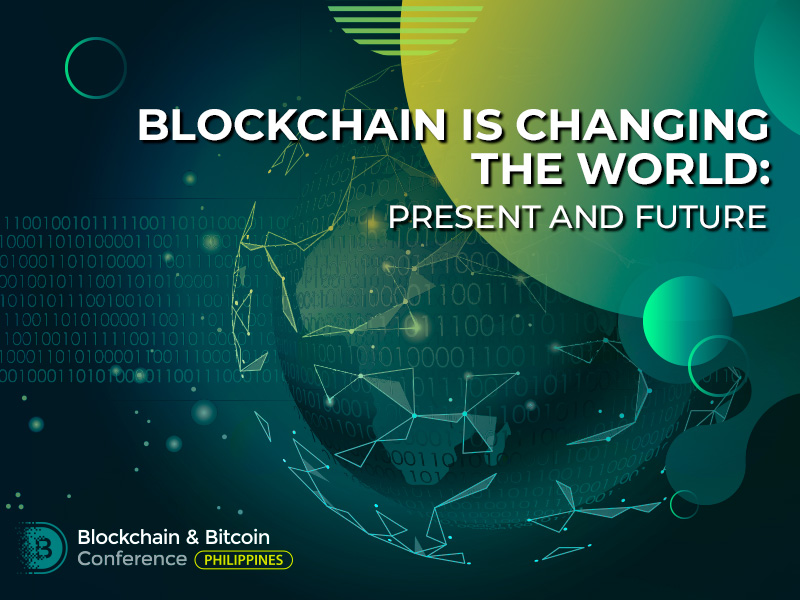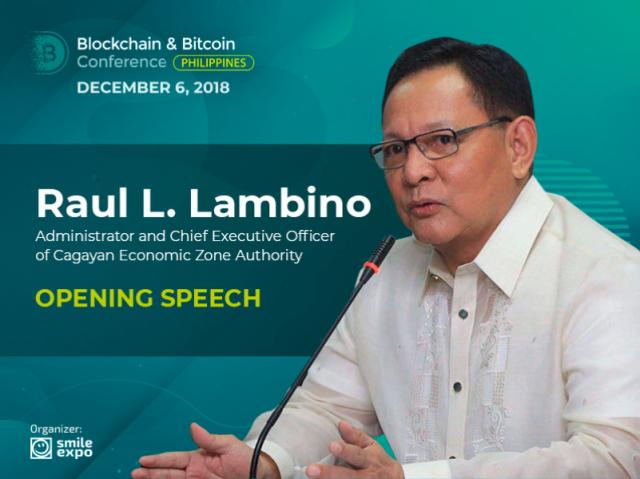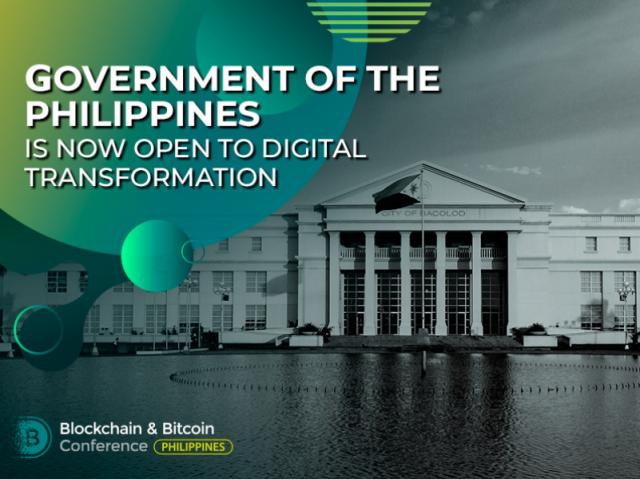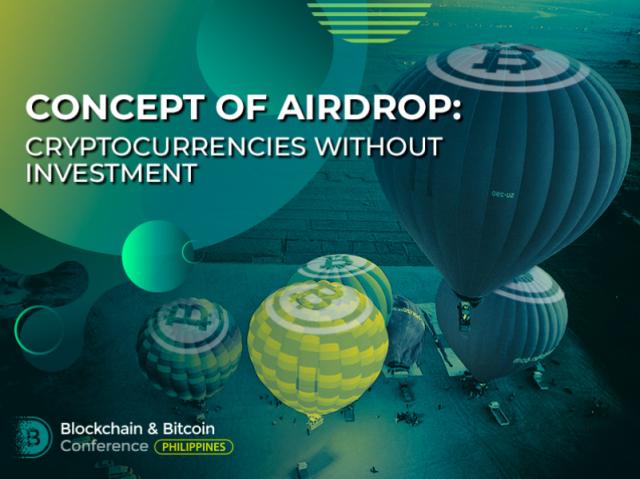Blockchain Is Changing the World: Present and Future

Blockchain, which has been first introduced as a base for BTC, has already gained popularity as the disrupting technology for various sectors.
According to the report of the markets’ research firm MarketsandMarkets, the blockchain market size is expected to grow from $411.5 million in 2017 to $7,683.7 million by 2022.
The industries already transformed by DLT and sectors which may be potentially changed by blockchain are presented in the article.
Spheres DLT Has Already Disrupted
Real Estate

The existing property market problems include the lack of trust, complex land registries and inefficient processes.
However, blockchain’s smart contracts have revolutionized the industry. They assist in eliminating the middle parties, therefore, the coordination of banks, government agencies and lawyers is not required.
Renting and buying apartments has become easier as clients directly pay flat owners without the participation of the real estate agencies. The apartment owners, in their turn, do not have to pay the agencies for advertising. Therefore, the process brings profits to all participants of the property business.
Then, no paperwork is required as self-executing contracts perform digitally and ensure the higher level of security as they do not allow to change any information.
Medicine

Blockchain has improved numerous processes in the healthcare and medicine industry. With DLT, it has become possible to track the medicines’ origin.
DLT can be used for regulations of pharmaceuticals supply. Both medicine providers and regulators can use the platforms based on the technology to establish transparent relations without fraud.
Moreover, DLT provides a possibility to store, transfer and manage data in the most secure way. For example, one of the most popular DLT-based data systems is Healthchain which stores the full information about the patients’ health and provides medical recommendations. It is available for patients themselves, medical service providers, pharmaceutical companies, health insurance companies and research organizations.
Blockchain has also contributed to telemedicine and diagnosis making. Through the DLT-based platforms, patients have a possibility to get medical advice, and video conferences are made available while the personal data stays secured.
Finances

Financial sector has probably been the first sphere transformed by DLT with the appearance of the first cryptocurrency – BTC.
Apart from digital money, DLT is integrated into banking systems, and smart contracts alter the traditional model of making transactions. They are used by banks to comply with AML and KYC policies, as, for this purpose, banks have to verify and identify their clients. In this case, crypto contracts help to make the process cheap, efficient, fast and automatic.
More than that, digital contracts can help with bonds management and improve the loan process making it less complicated.
Charity

According to the research by charities evaluator Charity Navigator, CEOs of the largest charities in the U.S. receive salaries over $1 million. It means that the main problem within the sphere is the lack of transparency.
DLT helps to track if donated money goes to the original place and is not taken by those who run the organization. When charities accept crypto coins, contributors get the chance to monitor the digital wallet where coins are being collected.
Music Industry

In music industry, DLT helps artists to sell their works directly to fans without any intermediate parties.
The problem with unequal money distribution is solved as DLT smart contracts ensure fair revenue for performers. Musicians’ profiles are secured as well, therefore, performers can be sure that their music will not be stolen.
Then, ICOs help young musicians to gather capital for their future work, which is the efficient way of crowdfunding.
For instance, one of the DLT-based music platforms is Soundeon. It brings previously separated markets into one environment – from work creation to performances organization and selling tickets.
Marketing and Advertising

Advertising industry experiences a lot of problems as well. For instance, on the advertising platforms, the ads are checked by bots and clicks can be fake. Due to the artificial traffic, companies can lose around $7 billion per year.
One of the DLT-based platforms which provide the solutions is AdBank. It detects the fraud schemes with the help of blockchain and AI. More than that, it enables the full transactions transparency between advertisers and publishers.
Then, users are not motivated to follow advertisements but DLT solves this problem as well. For instance, web browser Brave lets users block advertisements but for their attention, users get BATs (Basic Attention Tokens) which can be spent within a system.
Decentralized Computing

Blockchain also solves the problem of the lack of computing resources as the demand for computing power from industries and scientific communities is growing. It is needed to run large applications and process huge volumes of data.
DLT and smart contracts enable anyone with a computer to borrow computing power. So, the buyers and sellers of compute time are linked and can make transactions directly without intermediaries.
More than that, DLT brings the data closer to producers and consumers, while centralized cloud computing has data centers located in remote areas.
One of the DLT-based platforms which solves the problem is iEx.ec. It is based on the Ethereum blockchain and creates the market network for applications, data, and computing resources, including HPC ones.
Products Quality

DLT also enables people to track the products they use and discover if the food they buy is of a high quality. For instance, the project Ripe.io connects DLT and IoT to help customers with accessing the transparent food supply chain.
The platform provides benefits for all the participants of the food making and buying process. Farmers are able to automate their operations and meet the market demands more effectively, while distributors are able to provide real time data on food safety and delivery. Consumers, in their turn, receive transparent information about the journey of their food – from the place it was produced to their tables.
Copyright Protection

Due to its transparency and safety, blockchain is a good choice for copyright protection. For example, the DLT-based platform Ascribe helps creative users to affirm and keep intellectual property rights with the creation of a unique digital ID. Created record of ownership is verified and securely kept with no issues arising. Creations may be loaned as well without loss of attribution, and it is possible to buy and sell property rights with all legal aspects being followed.
Stampery is another service which protects important information for businesses and organizations. Using the platform, it is easy to have the proof of ownership, existence, integrity and receipt.
Human Resources

As for HR sector, DLT is showing its potential to disrupt it as well. The main change with the technology is that it can make traditional resumes and career networking websites like LinkedIn obsolete. With the technology, applicants don’t have to write descriptions of their previous work places and duties, as blockchain transactions can store all of their employment history.
It makes the verification processes significantly easier and faster as there is no need for HR offices to confirm employment history of their candidates.
Future with Blockchain
Despite the fact that blockchain has already transformed a number of industries, there are still sectors to be improved, and the technology is showing its potential to do so in the near future.
Immediate Money Transfers

Today, when two banks have an agreement, money transfers between them are made in one business day. However, the situation is different in developing countries as currencies are strictly controlled there. It makes the process of sending money more expensive, time-consuming and labor-intensive.
Blockchain starts suggesting solutions for this problem. For instance, Ripple’s enterprise software solution xCurrent can reduce the time and cost of sending money abroad. In this case, participating banks are connected through a blockchain network, so all the compliance and ID checks are fulfilled automatically and are authenticated by cryptographic signatures.
As a result, transactions are usually processed in a few seconds, leaving an immutable, transparent record for both banks.
Tracking the Jewelry Origin
![]()
Apart from helping to track the food quality, DLT has a potential to track the origin of diamonds and precious metals, so buyers can be sure that they are not paying for fakes.
The technology is already showing the first steps in transforming the industry. For instance, in April 2018, several leaders in the gold and diamond industry have already partnered with IBM to develop a DLT-based network for tracing the origin of finished pieces of jewelry.
The TrustChain Initiative unites a precious metals refiner, jewelry retailer, precious metals supplier, jewelry manufacturer and independent verification service UL. It is based on the IBM Blockchain Platform and the Hyperledger Project and is designed to track and authenticate diamonds and precious metals from their place of origin to their retail location.
Virtual Notary

Notarization is the other sphere which can be changed by the technology. DLT has a potential to store information in the distributed protocol, so no data will be lost or changed.
One of the platforms developing the technology in this way is BlockNotary. Among its products there are video interviews for remote ID verification, timestamps and fingerprints for media files, and an electronic notary journal.
The electronic journal replaces paper documents for recording notary acts, and blockchain protects the authenticity for each of them.
Digital ID

There is a possibility that DLT will also replace common passports for identity verification.
The huge companies Microsoft and Accenture have already partnered to use the technology to provide a legal form of identification for 1.1 billion people worldwide as part of the global partnership ID2020.
The technology will use the people’s biometric data, such as a fingerprints or iris scan, for a legal ID creation. This way, people will use their biometric data to access their information and choose when to share it.
ID2020 project’s goal is to create a secure, established digital ID system for all citizens worldwide.
Elections

Elections and voting have a chance to become more transparent and trusted with the help of the technology. Using DLT, votes can be casted as transactions, so everyone will get a possibility to count them.
It is also easy to check votes and make sure nothing was changed, taken out, or added. Voters can follow their own votes as well to see that they were securely put into the online ballot box.
Blockchain will make the elections transparent and fair as no falsifications can be involved. Moreover, if the elections become more trustworthy and secure, the voter turnout is likely to increase. More participating voters are to be expected also because online voting is very convenient and does not require a lot of time.
Despite the number of DLT’s advantages for elections, the technology is still developing in this direction. For instance, on June 25, 2018, Swiss Crypto Valley introduced a trial of the electronic local voting based on DLT. Zug’s authorities stated that the testing of the system was completed on July 1 with success. The voting was held with the help of the city’s eID system.
Better Communication

Blockchain is making its first steps in the telecommunications industry as well. According to the report of the global market research store Research and Markets, DLT in telecom will increase from a $46.6 million industry in 2018 to one worth $993.8 million in 2023.
It has the ability to reduce the roaming fraud with the help of smart contracts and permissioned blockchain between a pair of operators. Moreover, it may provide a new solution instead of SIM cards – eSIM technology, which refers to the SIM card embedded into the phone.
Today, it is already possible to look at several solutions for telecom enabled by blockchain. For instance, the technology is used by Bubbletone – the first decentralized telecom ecosystem. The platform directly connects mobile network operators and users globally.
It allows travellers to communicate in different countries retaining their own home numbers without the need to replace SIM cards. More than that, it completely eliminates roaming costs and offers additional revenue streams with DLT.
Blockchain has already disrupted numerous spheres and still has a potential to improve the efficiency of other sectors. With its transparency and security, it gets trust from more people with time, so there is a possibility that this technology will replace other traditional processes in the future.
Blockchain technology will be discussed by crypto experts at the Blockchain & Bitcoin Conference Philippines!



